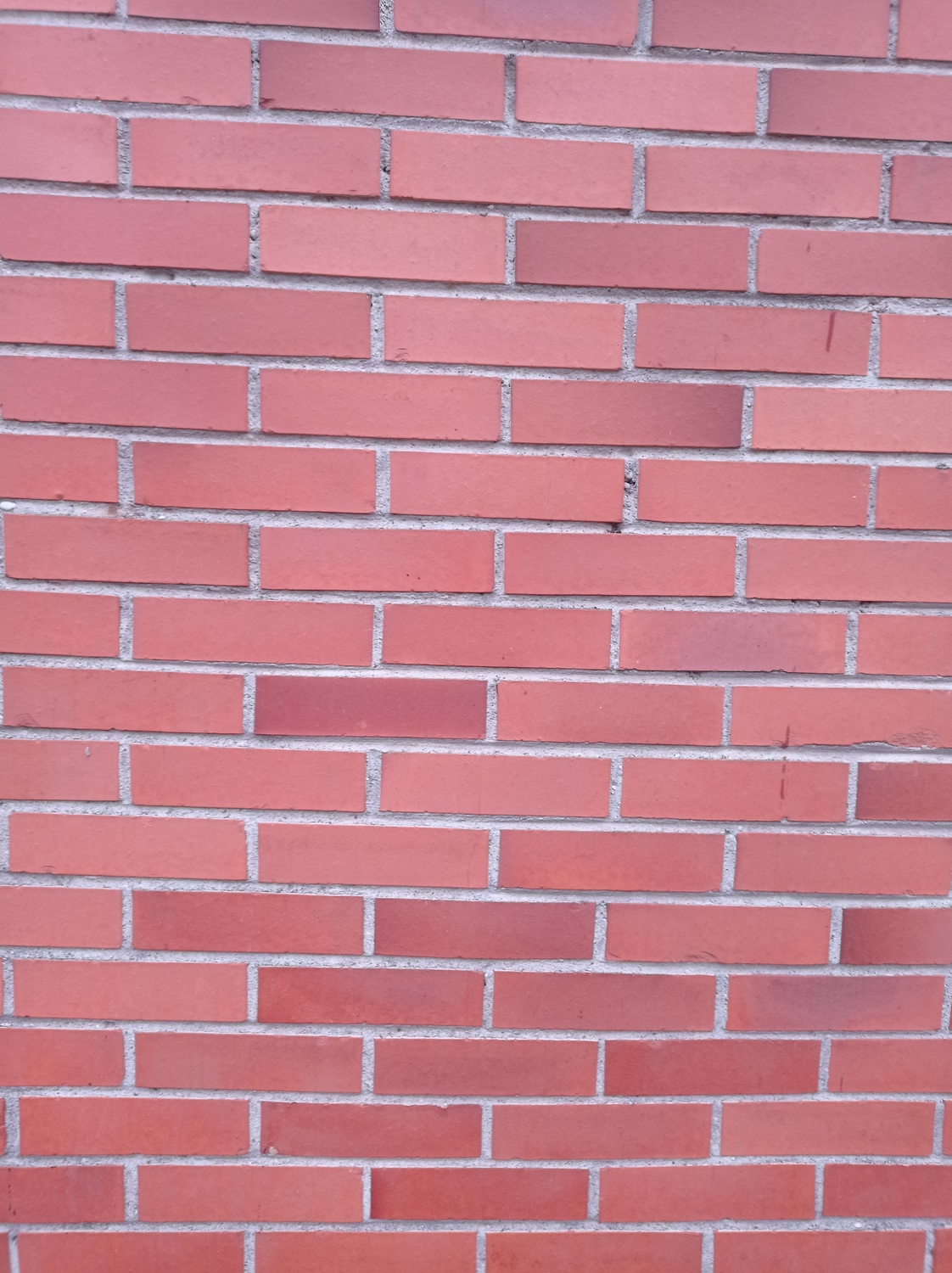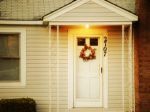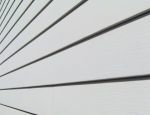Exterior Siding Options
Updated: 2022-01-13
The choice of an appropriate exterior siding material for your home – whether you are buying new, or renovating your existing home – can not only dramatically improve its appearance, aesthetically, but can also extend the life of its exterior, reduce heating costs, and increase potential resale value. Exterior siding is not just a decorative, external finish, it is an essential component of the building envelope of your home, protecting it against the ravages of the weather – rainfall, for example – and insulating it against external temperatures. Siding is, nevertheless, highly visible, and the material that you choose should be in keeping with the character, and design, of your home. You should also consider the weather conditions to which the exterior of your home is likely to be exposed, and bear in mind that one material may better suited to certain environments than another. Almost all exterior siding materials require maintenance, of one form or another, and while, in some cases, this may be limited to periodic cleaning, painting, or staining, other materials may be more susceptible to damage from, for example, extreme variations in temperature.
Types of Exterior Siding
Brick & Brick Veneer

Brick, of course, is a popular siding material, not least because it is durable, and can withstand extreme weather conditions, year after year, with only minimal maintenance. Kiln fired bricks are available in a number of different styles, and colours, and do not need, necessarily, to be painted. Bricks and mortar – the mixture of cement, sand, lime and water used to hold them in place – are solid, but porous, so properly tooled joints, and possibly a clear, water repellent coating, may be advisable, to protect brickwork from excessive rainfall, or extreme temperatures. Generally speaking, brickwork requires very little maintenance, but is susceptible, over time, to a build up of atmospheric pollutants, which will eventually cause deterioration, if it is not cleaned away, periodically. New brickwork may also be subject to white marks, caused by salt leeching out of the bricks. In either case, brickwork can be cleaned – either by yourself, or by a professional operator – using high pressure cleaning equipment, and specialised cleaning fluid. Brick also provides natural insulation for your home, against heat, in the summer, as well a cold, in the winter.
Brick veneer, on the other hand, gives the attractive appearance of brickwork, but is not, in fact, a structural component. Brick veneer is a single layer of bricks, which is attached, using metal ties, to the existing exterior walls – typically wooden, or rough masonry – of a home, with a water resistant material – usually “tar”, or “building” paper – between the two surfaces. The air gap between the brick veneer and the existing exterior wall serves as natural insulation, or additional insulation can be installed in the cavity. Although brick veneer does not have the lifespan of “real” brickwork, it is, nevertheless, fairly durable, and, again, requires very little in the way of maintenance.
Wood

Wood is a traditional siding material, understandably, in countries such as the United States, and Canada, and is becoming increasingly popular in other countries, sometimes using woods – such as Western Red Cedar – specially imported from North America. Exterior wood siding typically takes one of two forms, shingles, or “shakes”, as they are more colloquially known, and clapboards, or cladding. Shingles are traditionally made from cedar – a species renowned for its resistance to weather, and decay – and can be left unpainted, so that they weather naturally, from original, rich red to an equally attractive silver grey, over time. Shingles, once again, have excellent insulating properties, and are virtually maintenance free.
Clapboards, or cladding, on the other hand, are typically constructed, again, from cedar, or from Douglas fir, spruce or
 pine – or maybe cypress, or redwood – all of which are receptive to clear, or pigmented, finishes. Indeed, some wood siding of this type may be supplied pre-painted, in a wide range of colours. Clapboard, or bevelled siding, is installed horizontally, with overlapping joints, but board and batten, or channel groove, styles are also available, and these are suitable for mounting in a vertical direction.
pine – or maybe cypress, or redwood – all of which are receptive to clear, or pigmented, finishes. Indeed, some wood siding of this type may be supplied pre-painted, in a wide range of colours. Clapboard, or bevelled siding, is installed horizontally, with overlapping joints, but board and batten, or channel groove, styles are also available, and these are suitable for mounting in a vertical direction.Reconstituted, or engineered, wood products, such as particle board, Medium Density Fibreboard (MDF) and Oriented Strand Board (OSB) – which are composed of wood, resins and other materials, pressed into the form of a board – and more traditional hardboard, or veneered plywood, are an inexpensive alternative to “real” wood. Panels of this type are straightforward to install, and may be engineered, or moulded, to give the appearance of traditional clapboards, or cladding. The uniformity of the grain in these products detracts somewhat from this effect, but the overall appearance is fairly natural, and certainly more natural than, say, vinyl, or aluminium.
Vinyl
The principal attractions of vinyl, or PVC (Polyvinyl Chloride), siding are its longevity, and maintenance free construction, at an affordable price. Vinyl siding is durable – less
 so than brick masonry, or wood siding, but is easier, and less expensive, to install than either – and, unlike wood, does not require periodic repainting. Vinyl siding is available in a number of different styles, and colours, and because any colouring permeates through the entire panel – rather than being painted on the exterior – it does not fade, or peel. Maintenance is limited to occasional washing down, with a hosepipe, and wiping over with a cloth, and standard domestic cleaning fluid, for the removal of more stubborn stains. Bear in mind, however, that vinyl siding does need to be installed correctly. Vinyl expands, and contracts, in response to temperature changes, so adjacent siding panels should overlap, so that they can move past each other. In addition, vinyl siding does tend to trap moisture behind it, so tar paper should be installed between the vinyl, itself, and the existing exterior walls of your home. Some vinyl siding panels also have so-called “weep” holes in their bottom edges, to allow water to escape.
so than brick masonry, or wood siding, but is easier, and less expensive, to install than either – and, unlike wood, does not require periodic repainting. Vinyl siding is available in a number of different styles, and colours, and because any colouring permeates through the entire panel – rather than being painted on the exterior – it does not fade, or peel. Maintenance is limited to occasional washing down, with a hosepipe, and wiping over with a cloth, and standard domestic cleaning fluid, for the removal of more stubborn stains. Bear in mind, however, that vinyl siding does need to be installed correctly. Vinyl expands, and contracts, in response to temperature changes, so adjacent siding panels should overlap, so that they can move past each other. In addition, vinyl siding does tend to trap moisture behind it, so tar paper should be installed between the vinyl, itself, and the existing exterior walls of your home. Some vinyl siding panels also have so-called “weep” holes in their bottom edges, to allow water to escape. Aluminium
Aluminium siding is a popular alternative to vinyl, as it, too, is fairly inexpensive,
 durable and easy to clean. Regular light cleaning – low pressure washing, for example – is normally all that is required to keep aluminium clean. Aluminium siding can be primed, and painted, but the colour may fade, and some oxidation, or chalking, may become apparent, over time. Periodic repainting may therefore be necessary, to “freshen” its appearance. Aluminium siding is available with insulation, and reflective foil backing, and so can be used not only to weatherproof the exterior of your home, but also to increase its energy efficiency, as a whole, and cut the cost of your heating bills. Aluminium may also be susceptible to dents, or dimples, caused by extreme weather conditions – hailstones, for example – so it may be worthwhile to purchase additional, replacement panels, at the outset, for use in the event of damage.
durable and easy to clean. Regular light cleaning – low pressure washing, for example – is normally all that is required to keep aluminium clean. Aluminium siding can be primed, and painted, but the colour may fade, and some oxidation, or chalking, may become apparent, over time. Periodic repainting may therefore be necessary, to “freshen” its appearance. Aluminium siding is available with insulation, and reflective foil backing, and so can be used not only to weatherproof the exterior of your home, but also to increase its energy efficiency, as a whole, and cut the cost of your heating bills. Aluminium may also be susceptible to dents, or dimples, caused by extreme weather conditions – hailstones, for example – so it may be worthwhile to purchase additional, replacement panels, at the outset, for use in the event of damage.
Comments (0)
